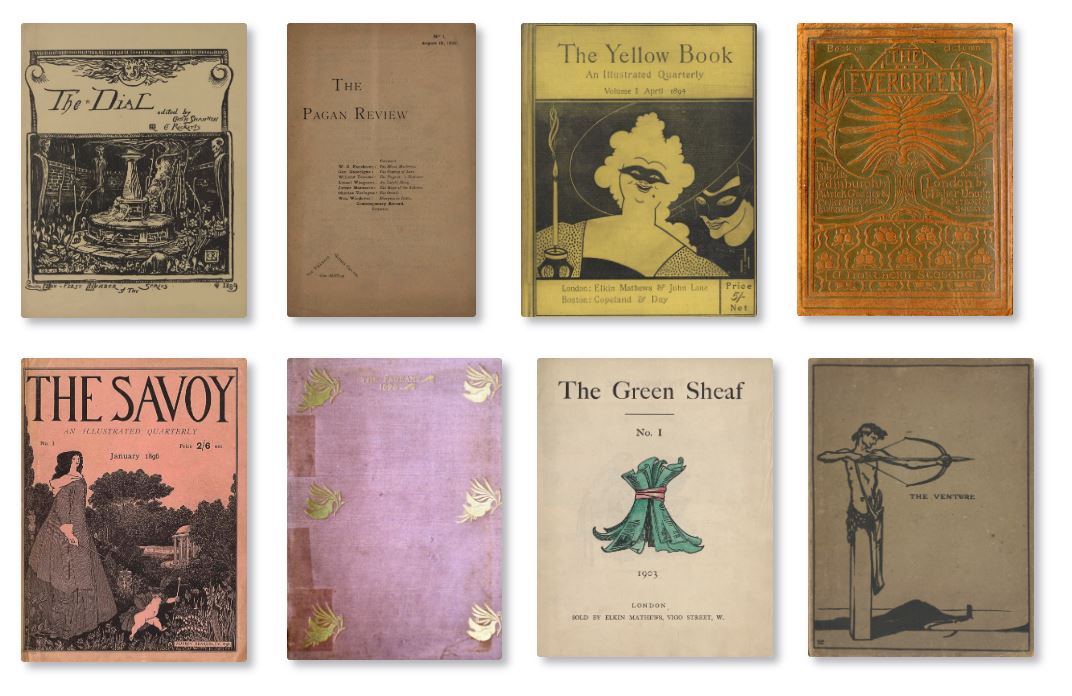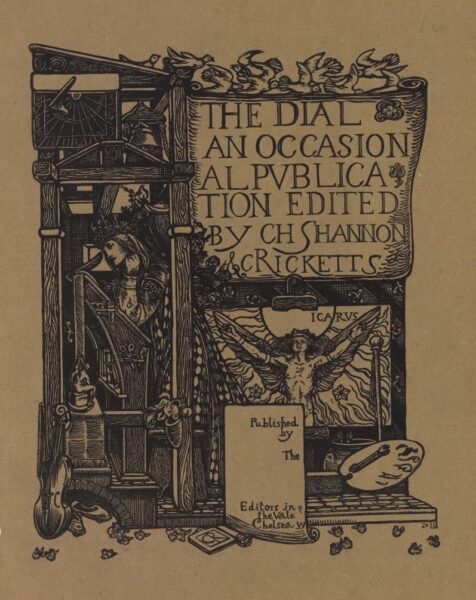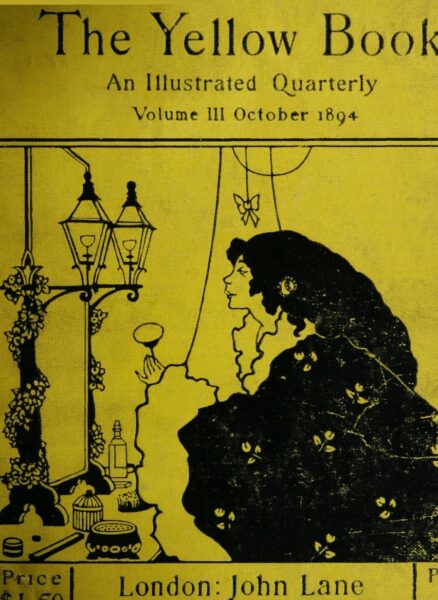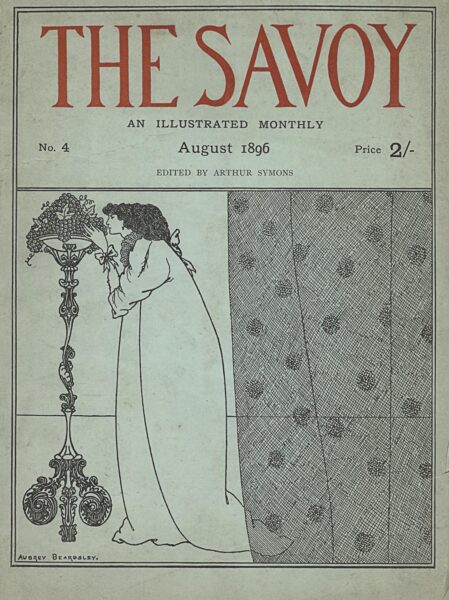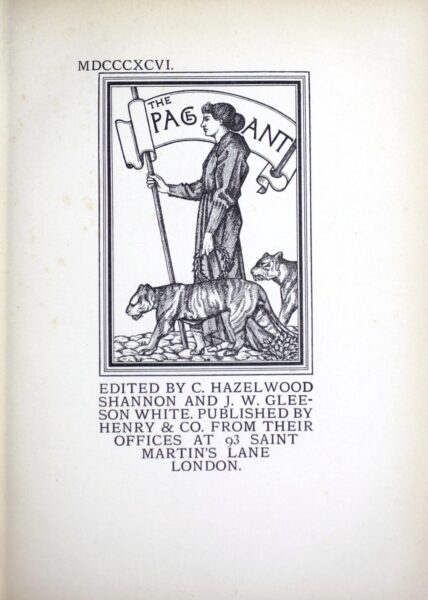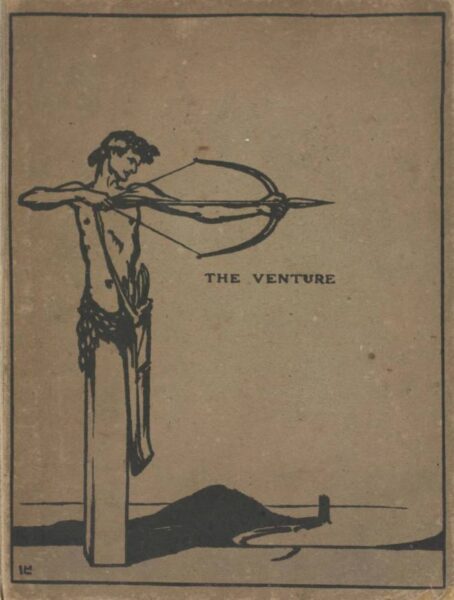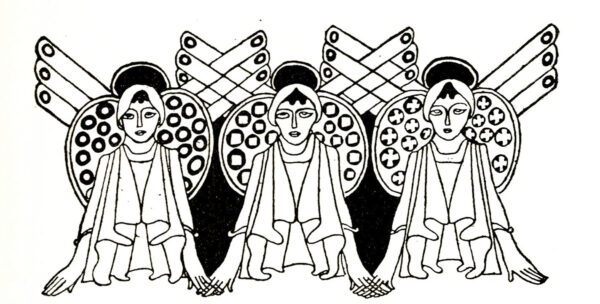
Do you know the Yellow Nineties 2.0 database? It is an open-access resource dedicated to the study of eight late-Victorian “little magazines” produced between 1889 and 1905. The brief period is known as the “Yellow Nineties” after The Yellow Book, a controversial quarterly publication that embodied the “decadent” culture of the fin de siècle.
Toronto Metropolitan University professor Lorraine Janzen Kooistra spearheaded the Yellow Nineties 2.0 website, a digitization project that has evolved into a world-class online database composed of searchable editions of each publication, a database of textual ornaments found in the issues, peer-reviewed essays on the “little magazine” contributors and much more research on the period and the people who produced these works. The scholarly site is dedicated to the study of The Yellow Book, The Dial, The Pagan Review, The Evergreen, The Savoy, The Pageant, The Green Sheaf and The Venture. Many of the physical publications held at Toronto Metropolitan University Libraries Special Collections were digitized to create online versions for the database.
To celebrate the Yellow Nineties 2.0’s completion, TMU’s Special Collections is hosting an exhibition until the end of April 2024 showcasing the Victorian “little magazines” in our holdings.
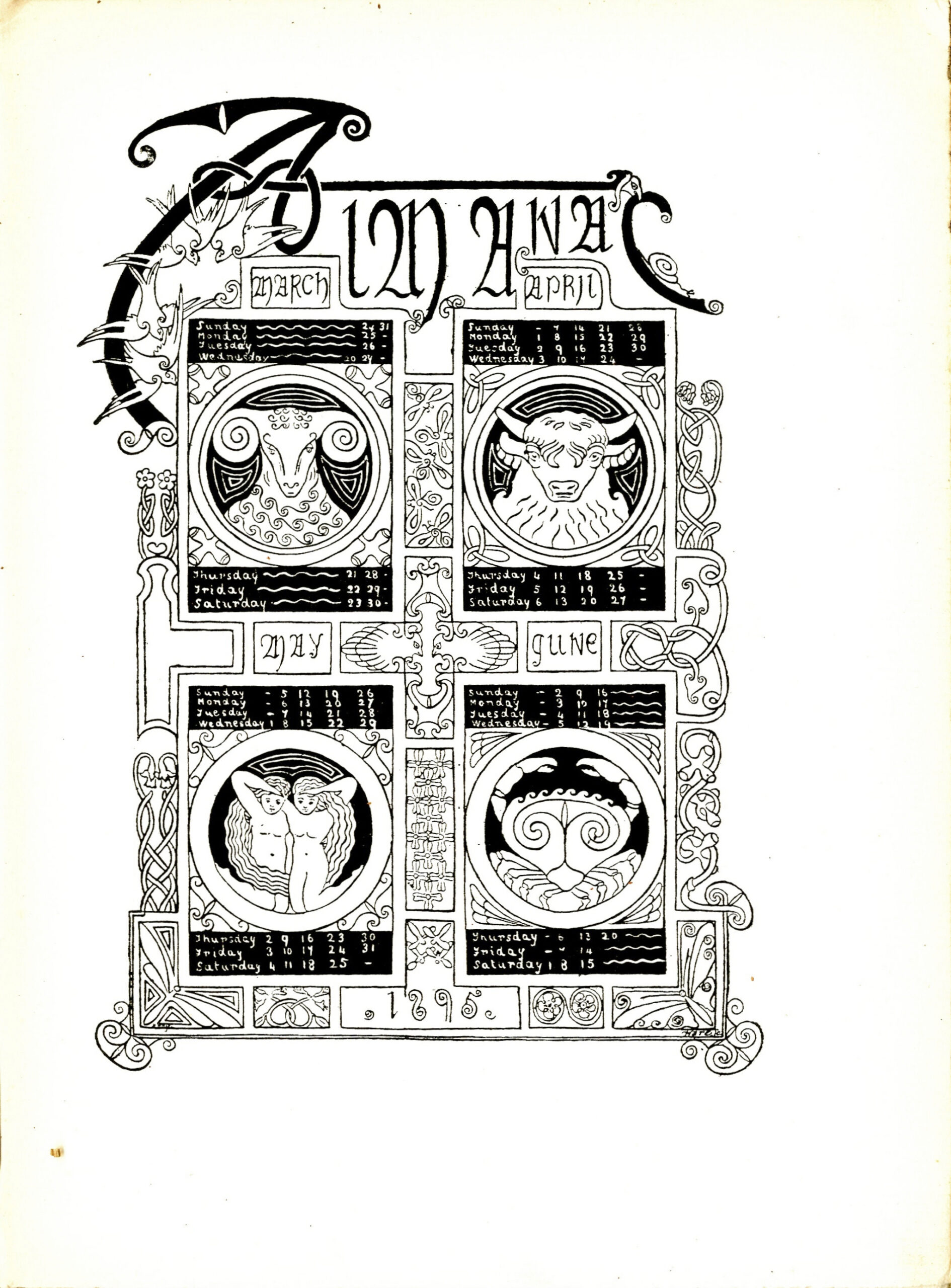
Over the years, the “little magazines” held in Special Collections alongside the Yellow Nineties 2.0 database have facilitated interactive student workshops and research creation through TMU’s English department among other partnerships on campus. Explore the Y90s Classroom website to learn more about the research and exhibitions created using these collections.
Student have shared their initial reactions after being introduced to the Yellow Nineties 2.0 and the physical copies held at TMU Special Collections below:
What a treat to hold a piece of art and literary history in your hands! Interacting with the collection online and in person is like night and day – they complement each other. While the online collection is wonderful for facilitating remote research, these magazines truly are art objects and must be appreciated in their proper, corporeal form. Nothing can compare to the opportunity to interact with the item itself. It’s a tremendous privilege to reach into the past and touch the same pages that were lovingly designed, printed, and bound, by literature lovers of the past. While there are no time-machines at TMU, historical literary collections are the next best thing.
Cameron Wheeler, TMU English Department Student
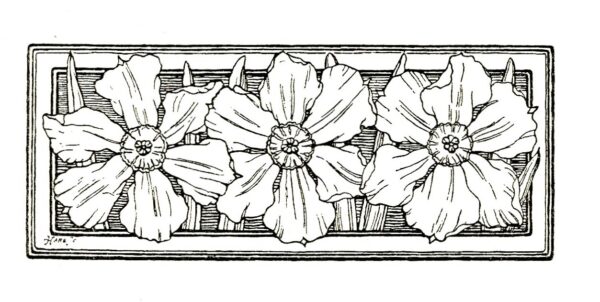
History preserved in time—a glimpse at the lives and creative pursuits of those who lived over a century before us.
Erik Tahiliani, TMU English Department Student
It was very interesting to me that quite a large amount of the pages in some of the magazines were white, compared to present-day magazines which cover every single empty space with something. This really allows the reader to focus their attention on the sole thing that the page is presenting to them, whether it be a short story, a poem or a piece of art.
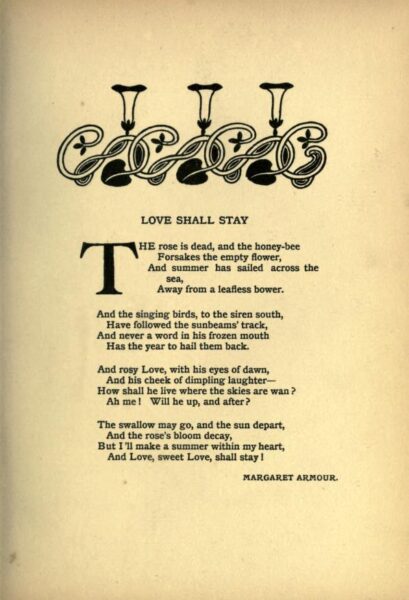
To view the current exhibition 1890s Little Magazines: Art for Art’s Sake in Print , visit us on the 4th floor of the TMU Libraries Building. The current exhibition, available until April 30th 2024, features several of the “Little Magazines” held at TMU Special Collections, including The Dial, The Yellow Book, The Evergreen, The Savoy, The Pageant and The Venture.
